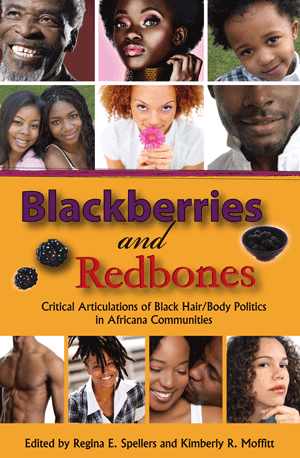Crossing B(l)ack: Mixed-Race Identity in Modern American Fiction and CulturePosted in Barack Obama, Books, Literary/Artistic Criticism, Media Archive, Monographs on 2013-02-07 00:30Z by Steven |
Crossing B(l)ack: Mixed-Race Identity in Modern American Fiction and Culture
University of Tennessee Press
2013-01-11
150 pages
Cloth ISBN-10: 1572339322; ISBN-13: 978-1572339323
Sika A. Dagbovie-Mullins, Associate Professor of English
Florida Atlantic University
The past two decades have seen a growing influx of biracial discourse in fiction, memoir, and theory, and since the 2008 election of Barack Obama to the presidency, debates over whether America has entered a “post-racial” phase have set the media abuzz. In this penetrating and provocative study, Sika A. Dagbovie-Mullins adds a new dimension to this dialogue as she investigates the ways in which various mixed-race writers and public figures have redefined both “blackness” and “whiteness” by invoking multiple racial identities.
Focusing on several key novels—Nella Larsen’s Quicksand (1928), Lucinda Roy’s Lady Moses (1998), and Danzy Senna’s Caucasia (1998)—as well as memoirs by Obama, James McBride, and Rebecca Walker and the personae of singer Mariah Carey and actress Halle Berry, Dagbovie-Mullins challenges conventional claims about biracial identification with a concept she calls “black-sentient mixed-race identity.” Whereas some multiracial organizations can diminish blackness by, for example, championing the inclusion of multiple-race options on census forms and similar documents, a black-sentient consciousness stresses a perception rooted in blackness—“a connection to a black consciousness,” writes the author, “that does not overdetermine but still plays a large role in one’s racial identification.” By examining the nuances of this concept through close readings of fiction, memoir, and the public images of mixed-race celebrities, Dagbovie-Mullins demonstrates how a “black-sentient mixed-race identity reconciles the widening separation between black/white mixed race and blackness that has been encouraged by contemporary mixed-race politics and popular culture.”
A book that promises to spark new debate and thoughtful reconsiderations of an especially timely topic, Crossing B(l)ack recognizes and investigates assertions of a black-centered mixed-race identity that does not divorce a premodern racial identity from a postmodern racial fluidity.

